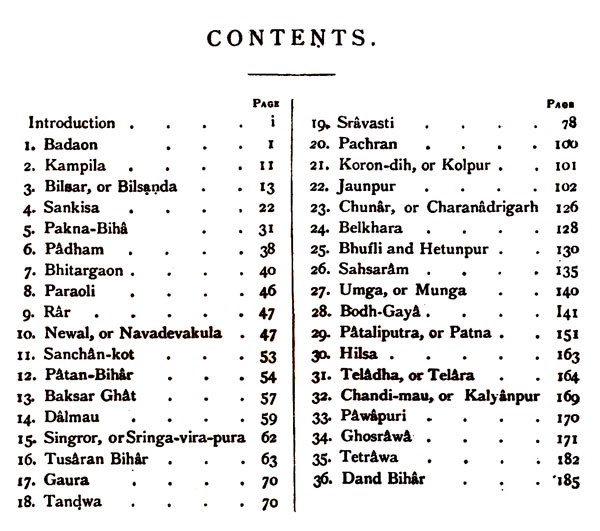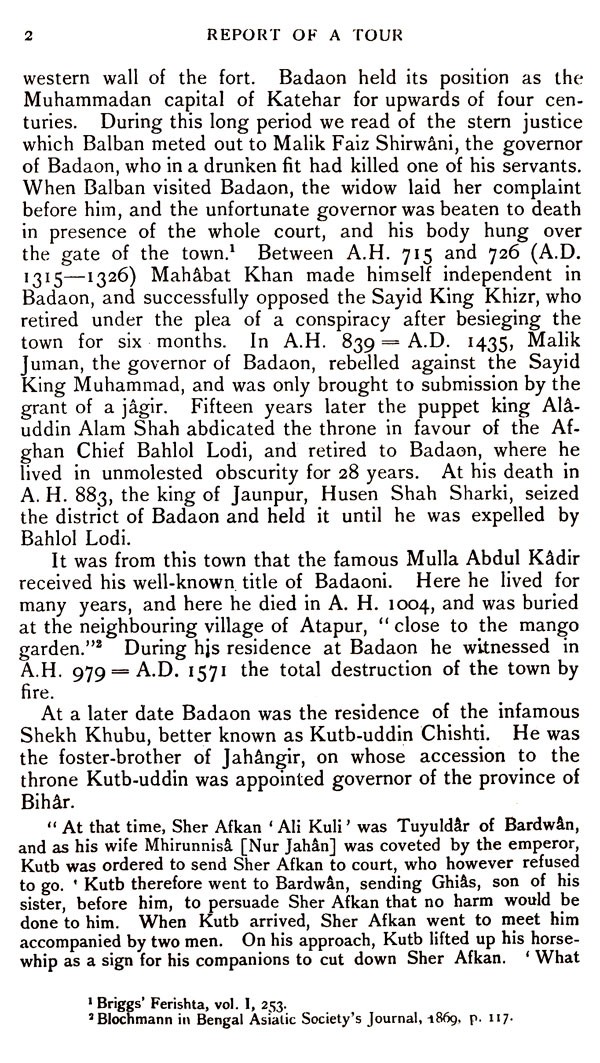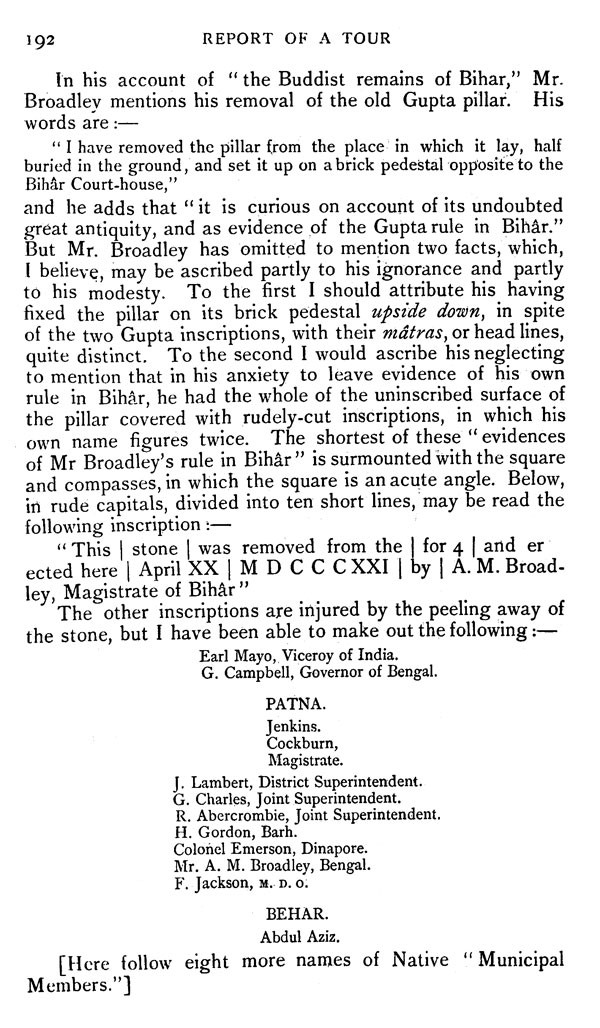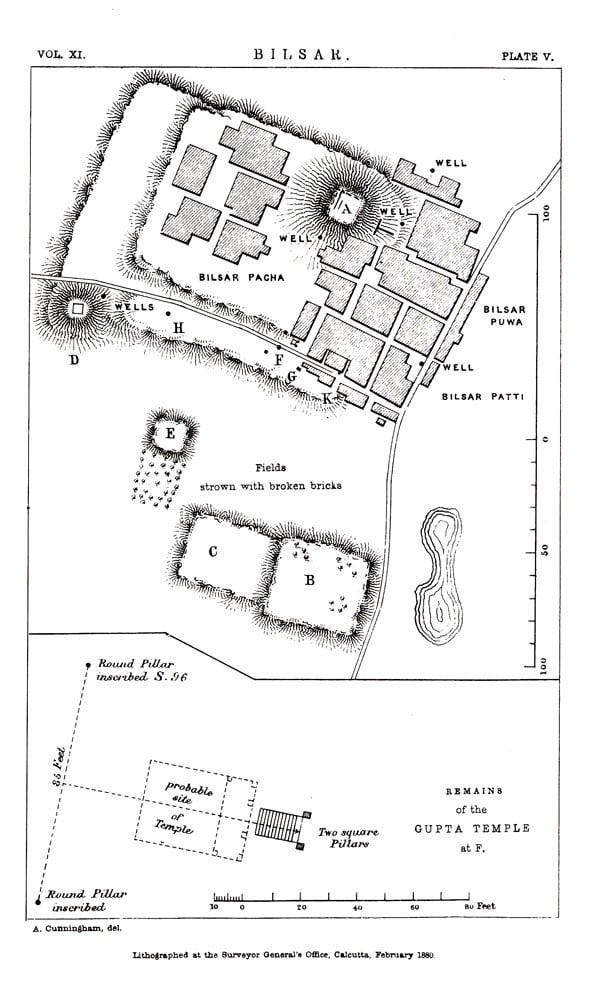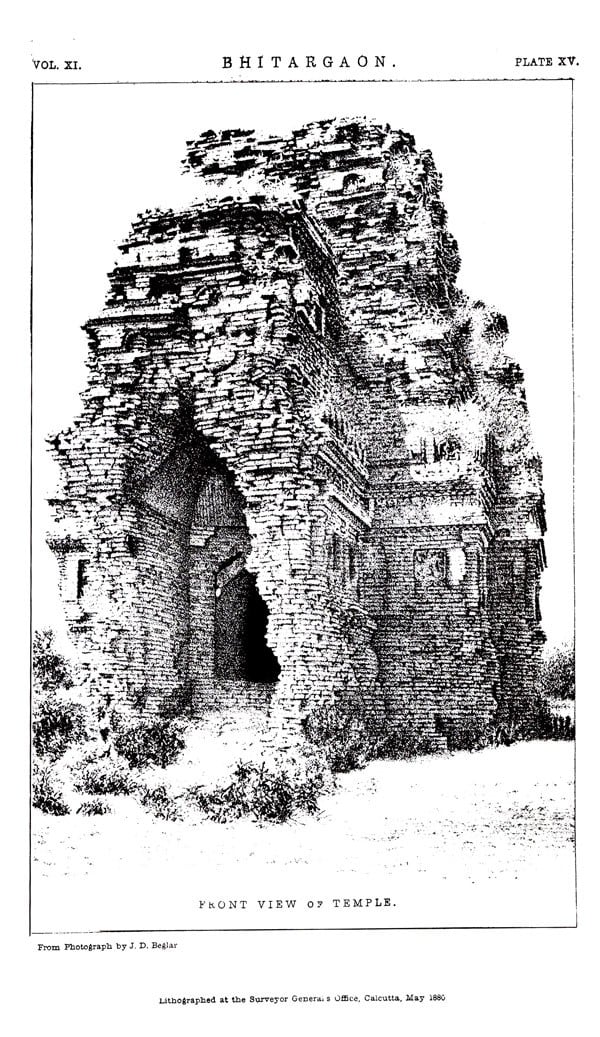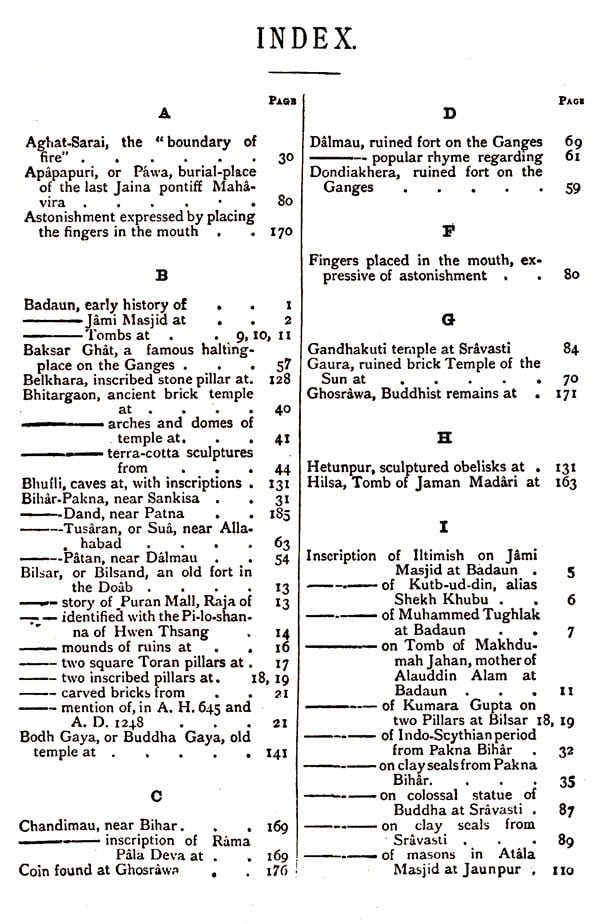
ASI Report of Tours in the Gangetic Provinces from Badaon to Bihar in 1875-76 and 1877-78 (Volume XI)
Book Specification
| Item Code: | AZA498 |
| Author: | A. Cunningham |
| Publisher: | Archaeological Survey of India |
| Language: | English |
| Edition: | 2000 |
| Pages: | 294 (Throughout B/W Illustrations) |
| Cover: | HARDCOVER |
| Other Details | 9.8 x 6.5 inches |
| Weight | 770 gm |
Book Description
THE present volume contains the results of a tour in the cangetic Provinces in 1877-78. In this report I have described many curious and interesting remains of Hindu architecture and sculpture of all ages. Of the old Buddhistic times, there are the ancient mounds of Panch Pahâri, or the “ Five hills,” close to Patna, from whence Akbar viewed the city when he was besieging Dâud Shah, the last king of Bengal. Of the same age are the old temples and stûpas of Srâvasti and Tandwâ. Of the Indo-Scythian period, there is a very curious group of sculpture from Tusâran Bihâr, near Allahabad. Of the Gupta age, there are the two inscribed stone pillars at Bilsar, in the Doâb, recording the name of Kumâra Gupta, with the early date of Sambat 96 of the Gupta era. Of a later period, there are some very curious and interesting illustrations in the brick temples of Bhitargaon, Paraoli, and Râr, near Cawnpore, with their vaulted roofs and terra-cotta bas-reliefs.
The period of Muhammadan rule is well represented by the grand old masjid at Badaun, with its overlapping arched gateway, of the time of Iltimish, A. H. 620, or A. D. 1223; and also by the magnificent masjids at Jaunpur, built by the Sharķi kings in the fifteenth century A. D. Of somewhat later date are the tombs of Sher Shâh and his family at Sahsarâm. The tomb of Sher Shâh himself, which possesses the largest dome in Northern India, is a very striking and picturesque building, placed, after the Hindu fashion, in the middle of a sheet of water.
**Contents and Sample Pages**
